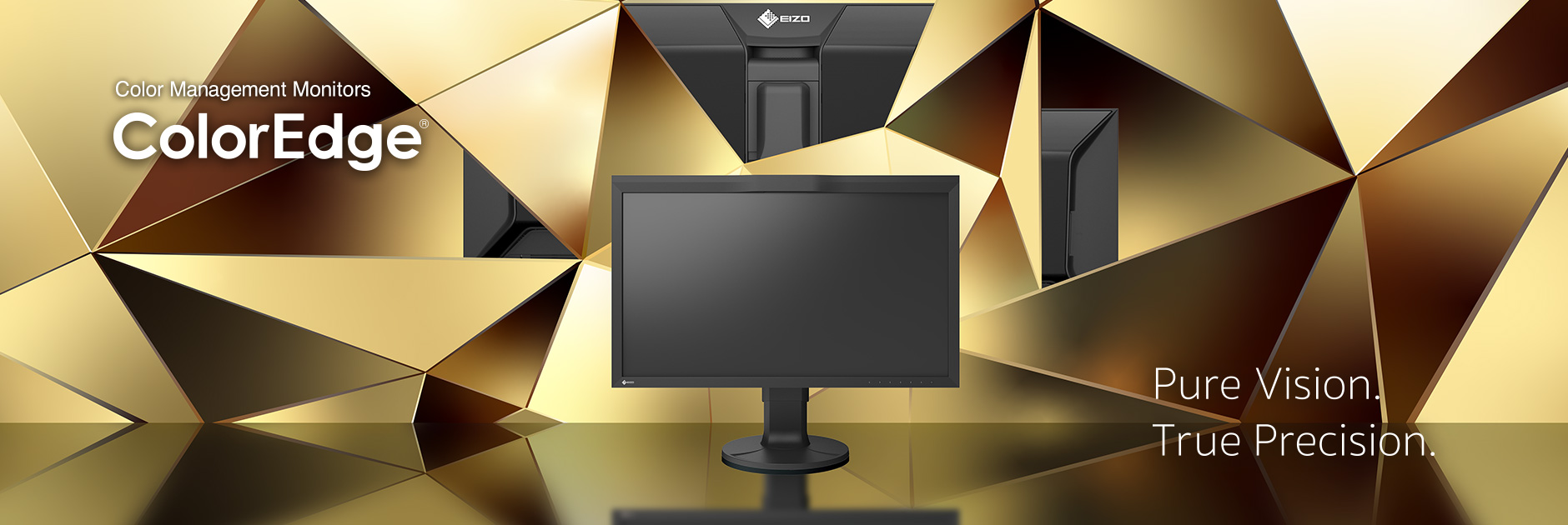Creative Work
Wildlife Photographer Ellie Rothnie
Ellie Rothnie is a professional wildlife photographer from the UK, whose first career was in marketing and advertising, working client side as a consultant for 20 years. Wildlife photography was a hobby during this time, providing many peaceful times in the wilderness where she could relax and enjoy nature. Then eight years ago Ellie started to guide photography tours for a leading UK wildlife company, and her hobby quickly turned into a full-time profession.
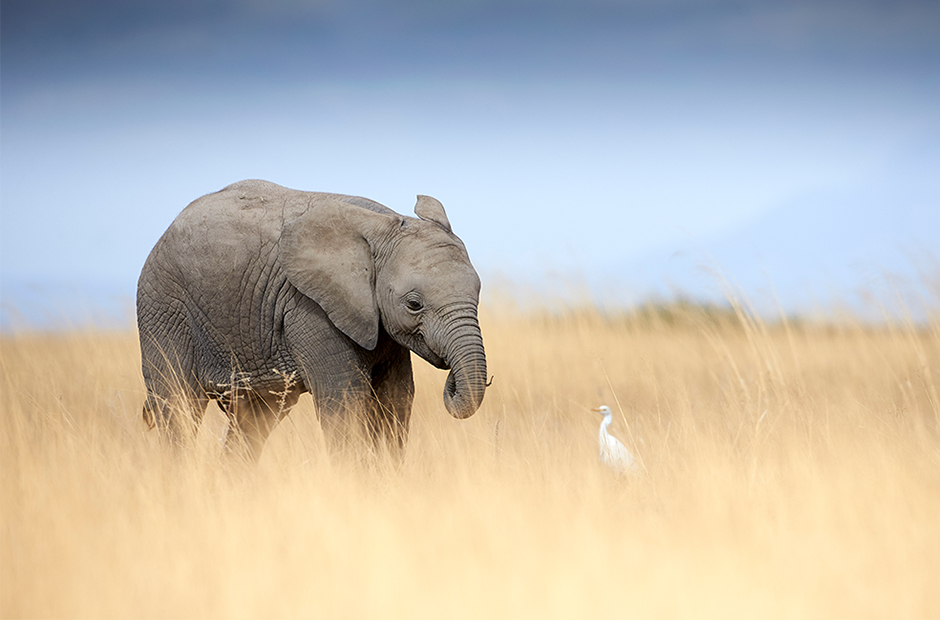
How did you discover your passion for photography and wildlife photography, in particular?
"As is the case with most people who love photography, I discovered it through my father. He was my first inspiration, gently teaching me how to take photographs with his Canon A1. We would follow the hedgehogs around the back lawn, lying in the grass to get at eye level with these wonderful creatures. I was terrified of breaking the A1 as it was my father’s pride and joy. Yep, a film camera, many years before the digital revolution was upon us. He was also a lecturer in Geography, and taught me a lot about the great outdoors, nature and our humble place on this planet. Unfortunately, he is no longer here to see my wildlife photography, but I’m sure he knows that I owe a lot to him.
"My second inspiration and the reason I eventually quit my day job in marketing, was the professional wildlife photographer, Paul Souders; an incredibly talented and great all-round guy who I met in Kenya in 2004. In my eyes, he had the dream job. Also, the values that I truly admire: patience, working the subject, going back to locations again and again, modesty, and dancing to his own tune."
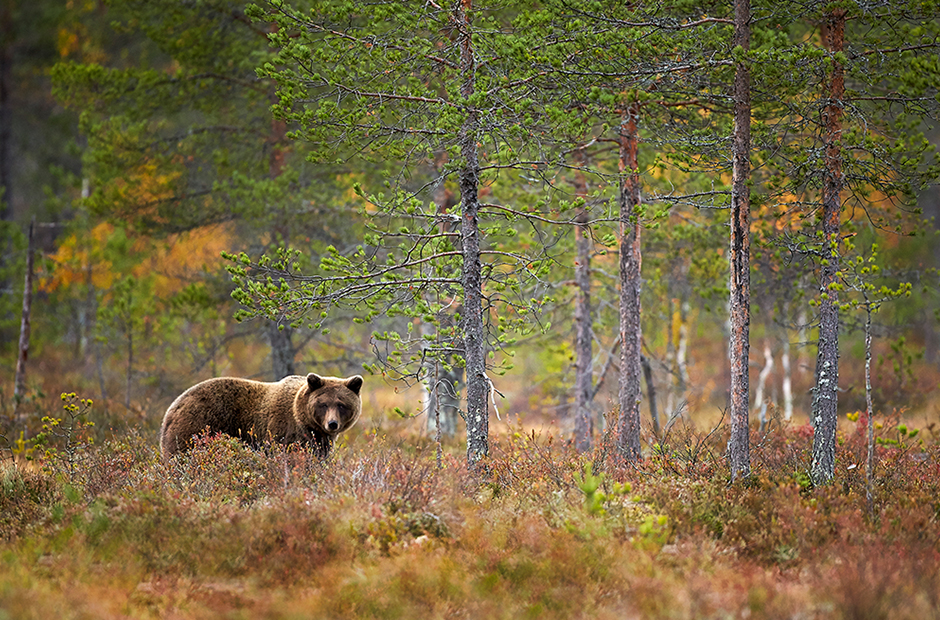
What makes wildlife photography so special for you?
"It’s all about being in nature, enjoying wilderness. Wildlife photography combines two of my greatest passions in life: nature and travelling. We live on the most incredible planet, it’s a privilege to be able to observe and photograph some of the most amazing wildlife on Earth. When you’ve patiently been waiting for something, for hours, days, even culminating several years of work, and it unfolds in front of you, there is nothing more rewarding and special than this feeling – capturing the shot and gaining enjoyment from observing the animal."
What’s the hardest thing about wildlife photography?
"A great question. The frustrations. The knock backs. The lack of sleep. The profession has changed dramatically in recent years. You now also need to have a wide range of business skills to survive; running a SME, marketing, organization, problem-solving, excellent communication, leadership, project management, tenacity, tough skin. Just being a good photographer isn’t enough.
"I am also acutely aware of the negative effect that humans are having on our environment and fellow animals, the species that we share this planet with. Sometimes I feel quite helpless as an individual, as I am sure we all do. But doing small things, like protecting a local woodland habitat, or using images to help raise awareness about the plight of species and their conservation successes is a role that as wildlife photographers we can all take."
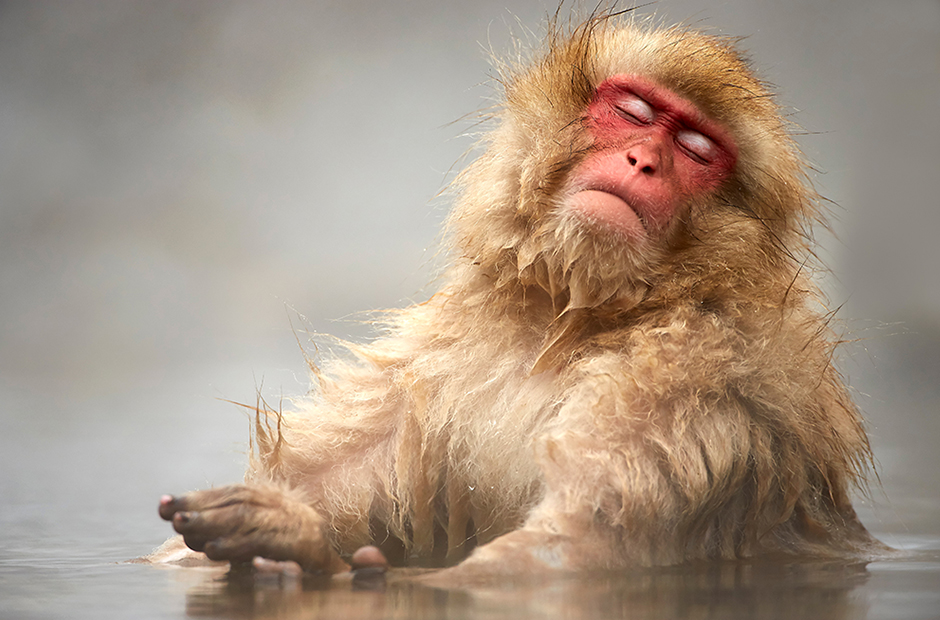
What has been your favorite animal to photograph?
"I enjoy every animal that I photograph. My favorite is the Dalmatian Pelican, and the subject of a book that I’m writing. This species of pelican is locally extinct in some areas of the Palearctic region, and is having a tough time elsewhere, mainly due to habitat loss and poaching. We are the culprits, not only for this beautiful bird, but for most species on earth. My aim for the book is to not only show the beauty of the Dalmatian Pelican, but also the excellent work that conservationists are undertaking in some parts of Europe to help protect the species."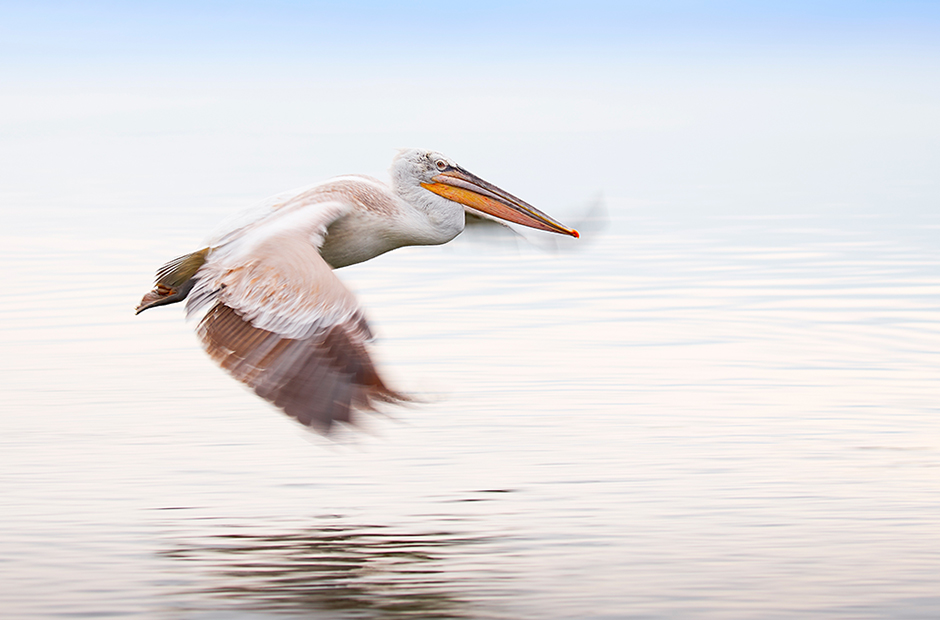
Why did you decide to buy an EIZO ColorEdge monitor?
"Five years ago, I decided to purchase a new monitor and had heard about EIZO through word of mouth. So, I did my research. The feature that attracted me the most was the ColorNavigator software in conjunction with the self-calibrator. Color accuracy was always a bug bear in my previous marketing career.
"The EIZO monitor was a little more expensive than other brands on the market, but the investment was worth it. It facilitated a huge change in the accuracy and efficiency of my processing workflow."
What monitor do you use?
"ColorEdge CG277"
What is your setup and how do you use your EIZO?
"My images are used in many different media; websites, digital and print magazines, advertising, social media, and fine art prints for example. Color accuracy and consistency is therefore so important for my image processing. A great feature of the ColorEdge CG277 is that it reproduces 99% of the Adobe RGB color space and I find this is displayed incredibly accurately, invaluable for color processing. I also use a custom setting for my image processing where I have set the parameters for brightness, color temperature, gamma and color gamut."
What is the biggest difference you have noticed in your work since switching to this monitor?
"Color accuracy. No matter where the image is intended for, whether in print, or a website or magazine, I know that I have processed and supplied an image which has precision color accuracy.
"In my role as a photographic guide and trip leader, I often run image reviews with guests, providing advice about areas ranging from composition and use of color to the importance of simplicity and breaking the rules. I regularly see that their processing is a weak point, and in a part, can be attributed to the monitor that they are using and indeed an uncalibrated one at that. So, I always recommend EIZO ColorEdge monitors of course."

How important is the monitor to you?
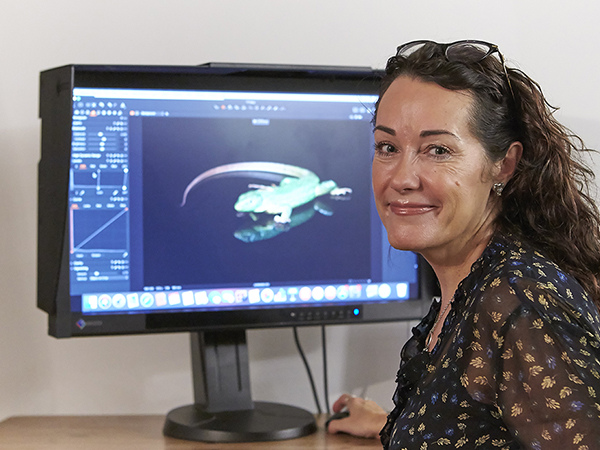 "The EIZO ColorEdge CG277 is an essential part of my processing workflow. I would not be without it. I admit that it is more important and essential than some of my camera gear. "The EIZO ColorEdge CG277 is an essential part of my processing workflow. I would not be without it. I admit that it is more important and essential than some of my camera gear."In my previous marketing career, monitor calibration was essential, especially when viewing imagery and artwork from agencies. Monitors would be calibrated using external devices, sometimes difficult to use and in my view never very accurate. It was a source of much office angst, adding unnecessary time to our already busy days. "In wildlife photography, so much time, patience and thought are invested in taking images. Image processing can make or break an image in minutes if a monitor is not correctly calibrated. When photographers find it difficult to achieve color accuracy in prints, or conversion from Adobe RGB to sRGB, it’s because the monitor is not accurately calibrated. If converting an image from Adobe RGB to sRGB, it will look much ‘flatter’ because of its narrower color space and does not include the range of highly saturated colors. "Camera gear is expensive, especially the telephoto lenses that we use often for wildlife, so not investing in a monitor with state-of-the-art color calibration is a mystery to me. "Self-calibration with the ColorNavigator software is very easy, achieving incredible color accuracy. I also like the fact that I can set the time and parameters for calibration, the monitor happily performs this important task and I do not need to worry. It’s so simple." |
Deployed Product
- ColorEdge CG277

